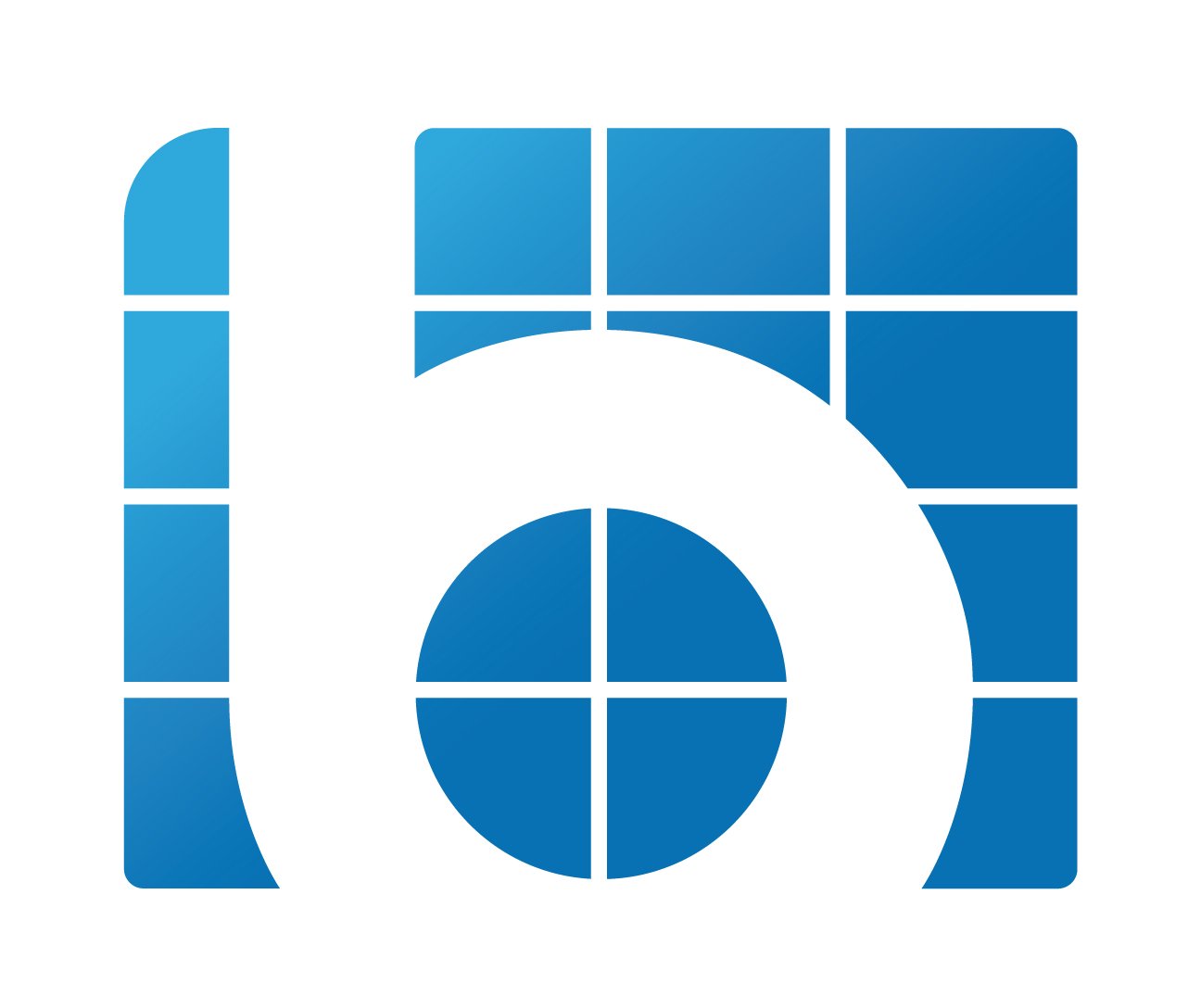April 24, 2013 : 3 min read
Neuviz 16 CT Scanner vs. LightSpeed 16 CT Scanner
Every day, people who are looking to expand the CT capabilities of their imaging facilities talk to us about which scanner might be the best fit for their needs and goals. Over the last ten years or so, the answer to that question has, many times, been the GE Lightspeed 16 (LS16).
While we're certain that the LS16 will continue to be a reliable go-to in situations where the cost of acquisition is a primary concern, we'll also concede that it is an aging design- part of a generation of equipment that set new standards in its day, but has been improved upon in a number of areas.
To demonstrate some of these areas of improvement, we've compared a refurbished Lightspeed 16 to a new NeuViz 16 from Neusoft (NV16). Before you arrive at a final equipment decision, consider the technical qualifications offered by a newer generation of CT scanners.
Dose Performance
General awareness and concern regarding radiation dose performance has increased in recent years, and manufacturers have responded with greater dose efficiency across many product lines. It is not surprising then, that the 10+ year-old detector technology of the LS16 does not offer a level of dose performance as efficient as that of the NV16.
Detector coverage is the measure of how much anatomy a CT detector can cover per rotation. At a pitch of 1, the LS16 can cover 200 mm in ten spiral rotations, while the NV16 can cover 240 mm or, 20% more.This translates directly into increased dose performance. The fewer rotations it takes to cover the anatomy of interest, the less time the patient is exposed to X-ray. A shorter “X-ray on time” not only means less patient dose, it results in less patient motion and shorter breath hold times, which improves image quality.
Beyond the detector design, however, the geometry of the LS16 is another contributing factor to higher doses. The distance from the X-ray source to the isocenter is 540 mm, much shorter than that of the NV16. This shorter distance produces an X-ray beam with increased penumbra. Penumbra is that "softer" portion of an X-ray beam that is not used to produce an image but is nonetheless part of the dose that the patient receives.
Configuration
In the time since the LS16's inception, a number of features have become increasingly common to find in the base packages of new scanners. If you are upgrading from an older 2, 4, or 8 slice system you may not be aware that newer systems have these capabilities and are (as the LS16 and its contemporaries did in the past) setting a new bar for the standard of care.
Metal Artifact Reduction (MAR) is a tool that is useful in a number of specialties. For example, if you do GI work, this tool will be very useful, as common hip replacements can render an abdomen/pelvis study non-diagnostic. This capability is also very useful for orthopedic and spine studies where metallic stabilizing hardware is used. MAR is standard with the NV16 but is not available on the LightSpeed 16.
Bone Removal, the ability to remove bone from an image and reveal the anatomy it obscures, is a very valuable tool. Not only does this improve diagnosis, it also improves workflow. With the NV16, bone removal is largely automated. With the LS16, bone must be removed manually- a painstaking process.
Cardiac Calcium Scoring is an area where the LS16 stands out. If you are interested in these studies, the LS16 is the better choice as the NV16 cannot be configured for it.
Cost of Ownership
Beyond the cost of acquiring a scanner are the costs of upkeep. This is where warranties come into play.
The NeuViz 16 comes with a two year warranty. This covers all parts, including the tube. The tube warranty is not prorated. If it fails anytime in the first two years it is replaced free of charge. Warranties on an LS16, will vary in inclusions and term length, depending on which provider it is purchased from.
Other Considerations
Tube size is another consideration to bear in mind. The 6.3 MHU tube of the LS16 is undoubtedly larger than the 5.0 MHU tube of the NV16, however, gains in capacity afforded by this size advantage are questionable, as the tube has to work to compensate for the lower dose efficiency and detector coverage we discussed earlier.
With NEMA XR-29 penalties going into effect next year, compliance is another important matter for anyone purchasing a scanner this year. All NV16 scanners come XR-29 compliant from the factory. LS16 systems may or may not be, depending on the options and upgrades on the individual scanner. If you're considering an LS16, be sure to read up on XR-29 and verify with your provider that the specific unit you're looking at meets the requirements.
The Takeaway
In most of the technical regards (cardiac calcium scoring being an exception) the NeuViz 16 can outperform the LightSpeed 16. It's also guaranteed to be NEMA XR-29 compliant and, more likely than not, it will come with a longer and more inclusive warranty. These are all good reasons why a NeuViz 16 might be the better choice for your facility.
Still, because NeuViz 16s are being sold new, and because they offer advantages, they cost a good chunk more. If you need to be more conservative with your equipment budget, the LightSpeed 16 is still a reliable option for general CT use.

Block Imaging
Thank you for reading our blog! This is just one of hundreds of pieces of content on imaging equipment, sales, parts, and service. To learn even more, check out our other articles or the eguides and videos in our learning center.





